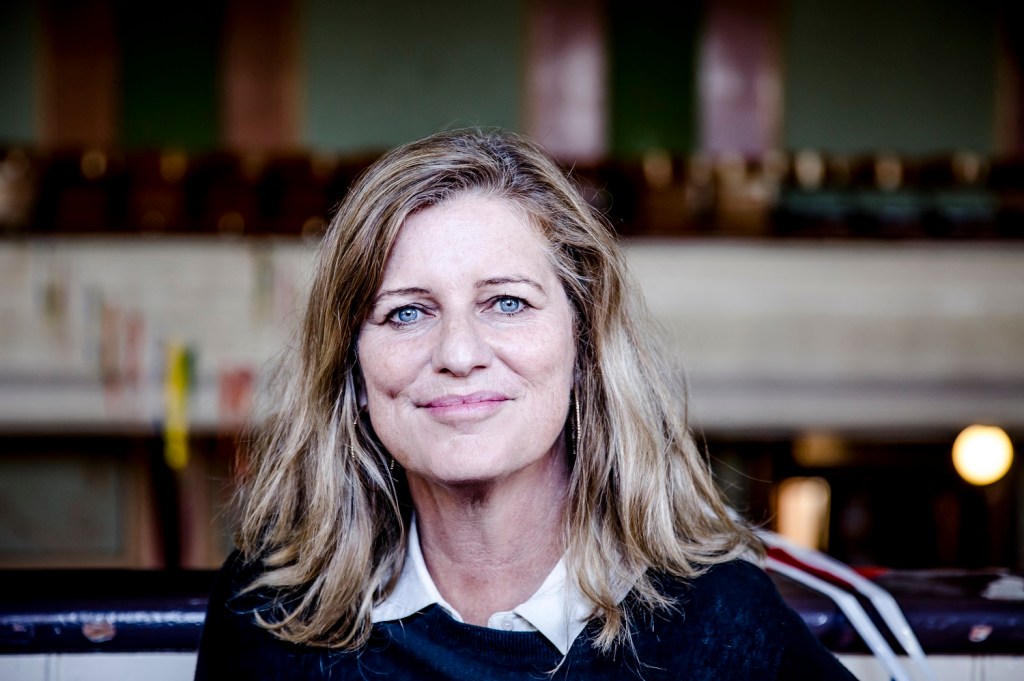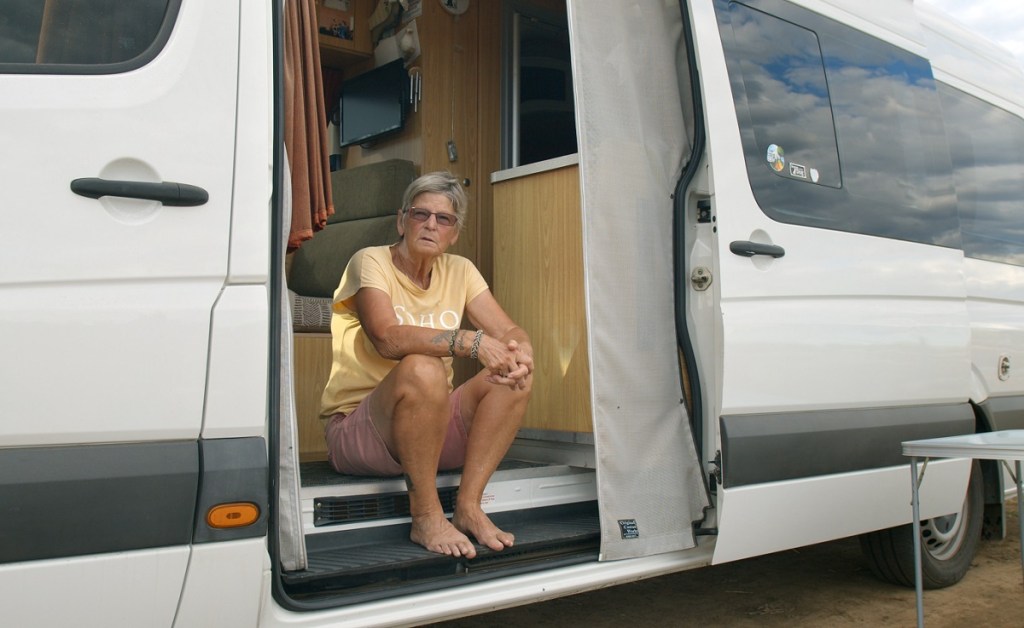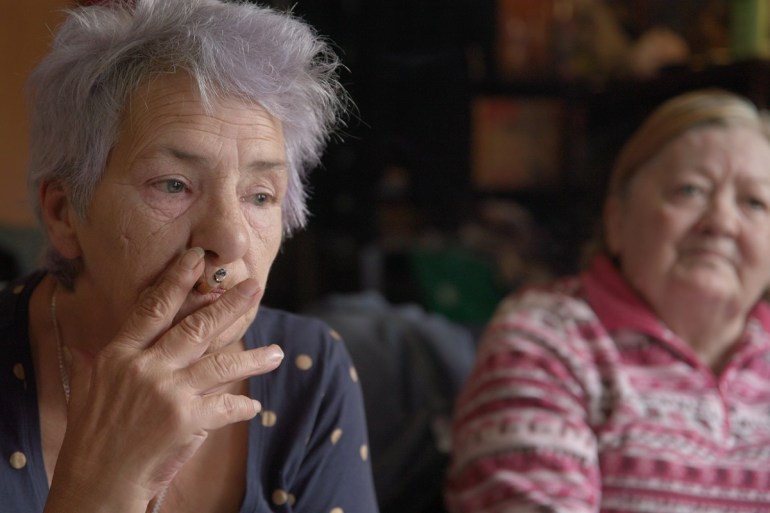As a documentary filmmaker, Sue Thomson likes to spend a considerable amount of time with her subjects before turning the camera on them.
With her newest film Under Cover, however, the broad scope of stories she was trying to capture coupled with the pandemic environment meant her time was more limited.
Shot across two years, the film follows the plight of ten women — Linda, Sarah-Jane, Claire, Cheryl, Suzelle, Nada, Susan, Margaret, Mary and Rama — as they find themselves too old to be employed, struck down with illness, unable to get back into the workforce, and dealing with the aftermath of difficult breakups and divorce.
Thomson told IF that while it was difficult to go from an initial meeting straight into one with a camera, the common ground she shared with her interviewees facilitated the process.
“We related to each other I suppose,” she said.
“It was easier for me just being a woman whose family background is quite modest and who has had some financial struggles, so I could sort of share a bit of that stuff.
“We bonded just because I on maybe more of a level playing field than I am with some of the other films I make.”
Thomson, whose previous work has traversed sport (The Last Great Amateurs), the LGBTIQ+ community (The Coming Back Out Ball Movie), and mental health (Tempest at the Drop-in), was inspired to highlight the women’s stories after reading an article about the homelessness crisis in 2018.
Together with producer Adam Farrington-Williams, she contacted organisations such as the Salvation Army, Sacred Heart, Women’s Housing Ltd, WomenCAN Australia, Women’s Property Initiatives in search of subjects, some of whom also came from her own legwork.

“You’d be talking to someone you know, at the shops or dinner or back and they’d say, ‘I know a woman’ or ‘My aunt is potentially going to be homeless if she doesn’t do something’, so I would just be gathering information wherever I went.”
“You try and call someone and they would not want to be a part of it, while others did.”
Among those who accepted the invitation to become involved was international star Margot Robbie, who provides narration.
Thomson and Farrington-Williams made contact with the Barbie actor’s Australian agent with the hope her voice may entice more people to see the film.
Eventually, word came back that Robbie was interested in the project, hand-picking it out of about 15 other Australian offers sent to her.
The 32-year-old went on to record her lines out of a small sound studio in London while communicating with Thomson via video link.
“In the end, we got her to say all these really dry bits of information that the women haven’t said but they’re implying,” she said.
“[It was a case of] getting Margot to come in and auspice the film with these bits of information about the financial situation, the Great Australian Dream, and how we feel about housing in this country.”

The finished product was completed with the help of editor Uri Mizrahi, composer Mark D’Angelo, and sound designers Livia Ruzic and Keith Thomas, as well as DOPs Sky Davies, Richard Kickbush, and Flick Smith.
Executive producers on the project were Keryn Nossal, Deanne Weir, Shaun Miller, Robert Pradolin, Sarah Bond, Tony Nagle, Nelson Khoury, and Silva Bernhard.
The Boomdone production was financed with assistance from Screen Australia, in Association with VicScreen, ABC, and the Melbourne International Film Festival (MIFF) Premiere Fund.
Following the screenings at MIFF, impact producer Diana Fisk, who came on board during the second year of production on an impact campaign, will work with Quest Housing on conducting a series of impact screenings in capital cities around the country, as well as garner interest from politicians in each state.
Thomson said the campaign would feature the stories of additional women who had been interviewed throughout production.
“I started off with 17 women that I loved and so I’m cutting those other seven to use in our impact campaign because it drives me crazy that I couldn’t get any more in,” she said.
“The film is longer than a lot of films I’ve made so I get why there’s no more in it.
“I could have maybe done a film with eight women but I wanted to get as many voices in as possible.”
Under Cover will screen Saturday, August 13 at MIFF.



